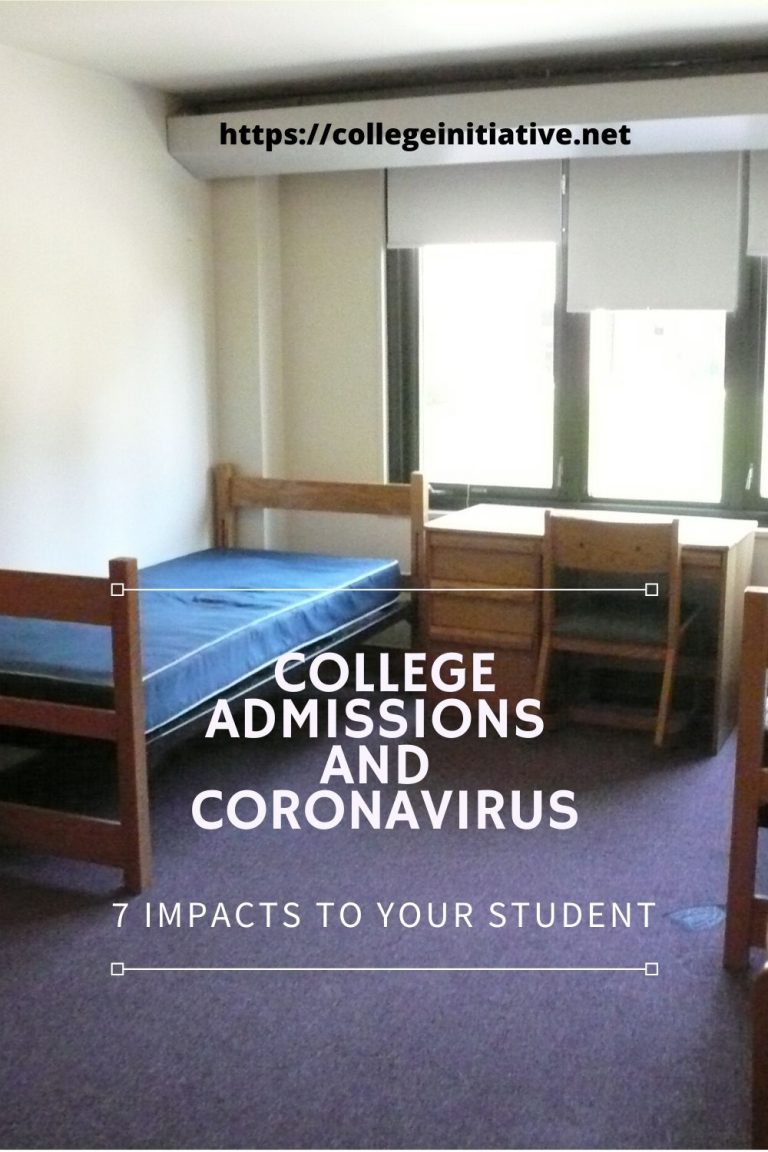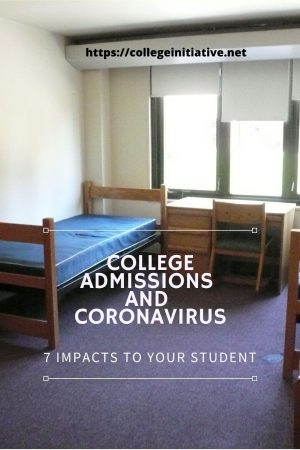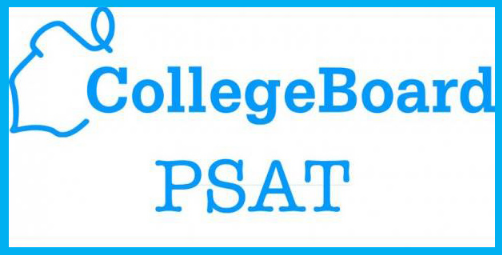How to Start to Find a College Fit
Last Updated on May 8, 2024 by Jill Schwitzgebel

Tests and grades do play a role of course, so I recommend taking the SAT and ACT at the end of the sophomore year to have a baseline score. That way, you have some idea of what colleges your child can be considering. But that really only gives you a starting point. Intended major (or at least general area of interest), financial need, and geographic location also need to be considered as you’re beginning to make your college list. Personally, I have found the College Board college search feature to be a huge help as we begin the search process. You and your child can set up all types of parameters for your search and see what comes up. But, everyone has their “favorite” college search sites, and you could do this for any of them.
See also: How to Narrow the College Application List
Parents’ Role
At the very early stage, your child likely has no idea what they really want in a college as far as size and location, although they may think they do. I have watched my own kids have very preconceived ideas about where they wanted to go…only to visit a different type of school and discover that it felt much better to them. In fact, my daughter did not speak to me on a three-plus hour drive to one college because she was so certain that she was not the least bit interested in it. To make matters worse, she had to interview while she was there. Guess which school ultimately emerged as her first choice and where she happily completed her undergraduate degree? Yep! (Sometimes parents know stuff! And yes, I have said, “I told you so!”)
So, it is likely going to be up to you as parents to either broaden or narrow their college list. Some kids are easily influenced by the college football team their friends like, and decide that’s the college for them. Some think that a school by the beach would be a lot of fun, with no regard for whether it has their intended major as an option. This is where you come in to give some guidance. I think at first, it makes the most sense to visit college campuses close to home – make sure they see a large university and a small liberal arts college to get started. And once your child is in high school and old enough to be seriously considering colleges, I urge you to take an official tour and do an information session, rather than just wandering the campus on your own.
Making the Preliminary List
As you make the early list, I would urge you and your child to consider schools that are a good GPA and test score fit, and that are of various sizes and in various locations. I don’t mean a college of 40,000 students and also a college of 20,000. Ultimately, those colleges are going to have a very similar feel as far as class sizes and professor interaction. I mean a college of 20,000+, as well as a college that has maybe 5,000 or less students. The two campuses will feel quite different. Interactions with professors will be quite different too.
See also: College Visits (The Fun Part of Applying to College!)
When a college says it’s “urban” consider whether it is urban in that it is a self-contained campus in a city versus whether the campus is actually city buildings on city blocks. If your child is certain that a city is not for them but otherwise the college looks like a great fit, then consider whether that self-contained campus within a city might actually still be a good fit and visit to see, because you both may be surprised. Check out a suburban campus. Check out a campus in the middle of a cornfield with a great college town. These visits will help you to figure out what kind of “vibe” feels right to your student. And remember, early in the process, sometimes YOU may have a better idea of what kind of college may be a good fit, no matter what your student thinks. Ask them to be open-minded.
When you’re looking, don’t forget to take into consideration what your child is thinking about as a major. For instance, if you have a kid who wants to be an engineer, then a small liberal arts school may not work because they may not offer that. But if a small college appeals to them, then search for smaller schools that DO have that major. If your child wants to major in something like Biology or Psychology, they can likely find that major at most colleges. There are so many majors available at college that high school students often don’t even really know exist. That’s why around 30% of them will change their mind on their major at some point during college.
Remember that sophomores and juniors especially, may still be struggling to figure out what they might want to do. It helps to sit down and talk with them about what classes they like and excel in and talk about majors that could correspond to those areas. Don’t forget to ask them WHAT they like about those classes – maybe they like that in a history class there are great class discussions. That’s an indicator that they may prefer a smaller college with small class sizes. Or maybe they like a lecture-based class and would do fine in a class of 200.
Next Steps
After a few campus visits to various types of schools, you will have a sense of what kind of school “feels” right to your child, and you can re-visit that college search function. It has a great feature where you can click on a school you like, and it will allow you to then click on a link that says “Find similar schools”, which should help you to come up with even more schools for your list. Your goal is to have a list that makes sense for your student, at application time, rather than a list of seemingly random colleges!

Happy visiting!










